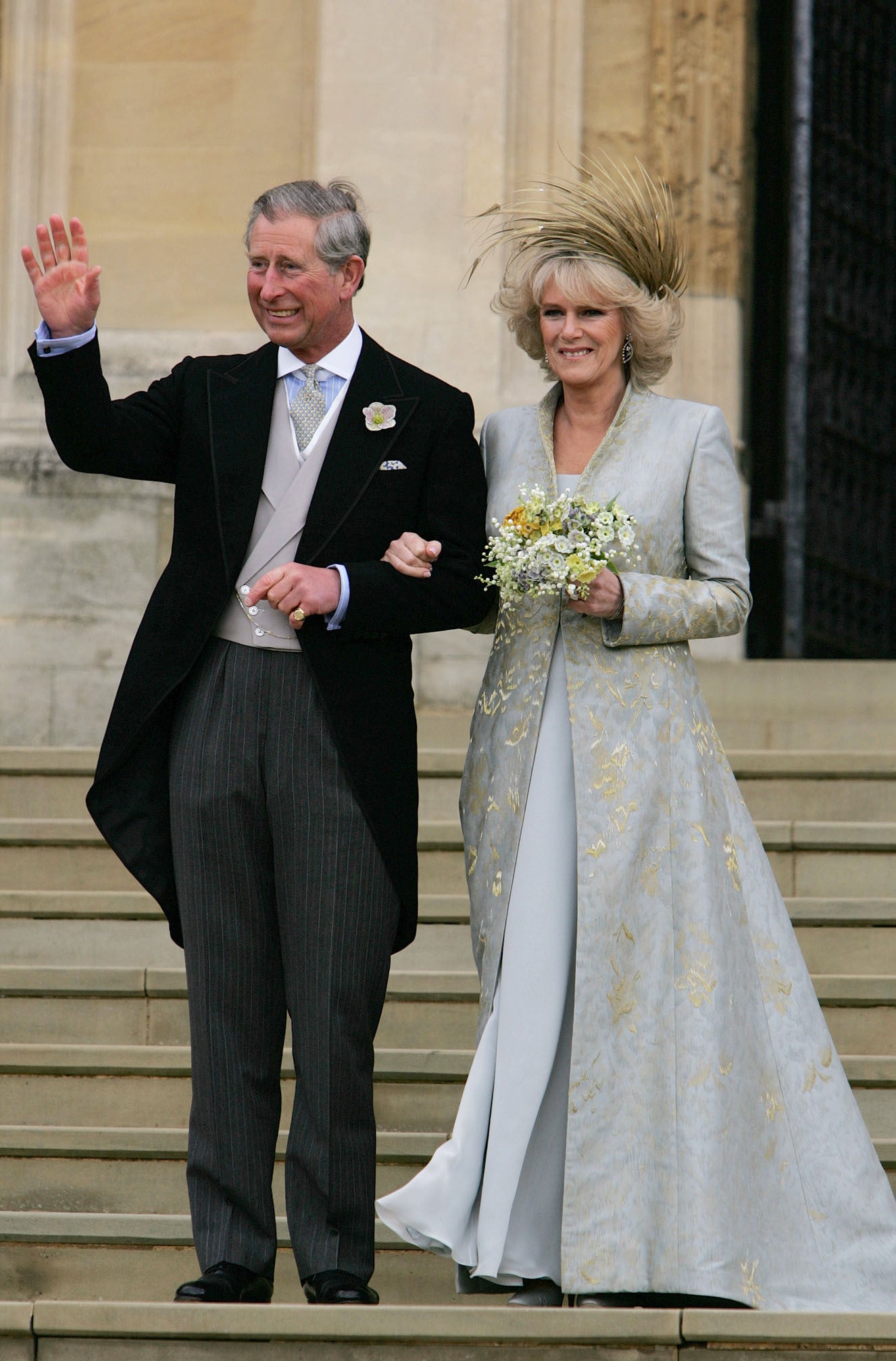The controversy that surrounded Camilla using the title Queen
Royal aides previously insisted Camilla ‘intended’ to be known instead as Princess Consort when Charles eventually becomes King.

Your support helps us to tell the story
From reproductive rights to climate change to Big Tech, The Independent is on the ground when the story is developing. Whether it's investigating the financials of Elon Musk's pro-Trump PAC or producing our latest documentary, 'The A Word', which shines a light on the American women fighting for reproductive rights, we know how important it is to parse out the facts from the messaging.
At such a critical moment in US history, we need reporters on the ground. Your donation allows us to keep sending journalists to speak to both sides of the story.
The Independent is trusted by Americans across the entire political spectrum. And unlike many other quality news outlets, we choose not to lock Americans out of our reporting and analysis with paywalls. We believe quality journalism should be available to everyone, paid for by those who can afford it.
Your support makes all the difference.Eleven years ago when the Duchess of Cornwall visited a children’s centre in Wiltshire she was asked by an eight-year-old: “Are you going to be queen one day?”
Looking a little shocked, Camilla replied with the quip: “You never know.”
But now we do. The Queen has used her Platinum Jubilee message to the nation to set out her wish for Queen Camilla, crowned as a consort at the Prince of Wales’s side when the time comes.
There was fierce debate and controversy in the run up to Charles and Camilla’s wedding 17 years ago over whether the then-Mrs Parker Bowles would one day be Queen.
The wife of a king automatically becomes a queen consort and only a change in legislation will prevent her from doing so.
Royal aides insisted, when she married Charles, that Camilla did not want to be queen and said originally that she “intended” to be known instead as Princess Consort – the first in British history – when Charles acceded to the throne.
But the careful use of the verb “to intend” left this open to change in the future.
Any mention of “Princess Consort” was removed from Charles’s website during a revamp in 2018.
At the time of the couple’s royal wedding, the prince’s advisers argued that Camilla would simply choose not to call herself queen and be known as Princess Consort.
But the Government and other experts said that unless there was a change in the law, Camilla would still legally become queen when Charles became king, no matter what she chose to call herself.
Much has changed in the years since Charles – whom aides once said had no intention of remarrying – wed his former mistress.
Camilla was blamed for the breakdown of the prince’s marriage to Diana, Princess of Wales – and when news of their affair first came to light, she faced vitriolic criticism.
But in the decades after the Waleses’ divorce, the untimely death of Diana in 1997 and Camilla’s acceptance into The Firm, the public mood towards the former Mrs Parker Bowles has softened.
Camilla has gradually taken on a more prominent position within the royal family, from riding next to the Queen in her Diamond Jubilee carriage procession to attending the State Opening of Parliament.
She was made a Privy Counsellor in 2016 ahead of the Queen’s official 90th birthday, meaning she will be beside Charles when he is formally proclaimed monarch at the Accession Council.
Through charity work championing literacy, and highlighting the problem of domestic abuse and sexual violence, Camilla has carved out her own royal role.
She has also become a favourite with the royal press pack for her cheery nature and accommodating approach on royal engagements.
In 2010, when Charles was put on the spot and asked if Camilla would be his queen in an interview, he replied: “That’s, that’s, we’ll see, won’t we? That could be.”
Charles’s official biographer, Jonathan Dimbleby, told BBC’s Panorama programme in 2005 that people might one day want Camilla to be queen.
But he also warned that questions remained over her future role, including what would happen if the prince died first.
“We’ve seen massive shifts in public opinion, from her, Camilla, being regarded as the other woman, through to her being seen now as a very attractive spouse who makes the prince happy, who appears in public, who is gracious, who joins in – in a crowd, who communicates very effectively,” Dimbleby said.
Women married to a monarch have historically been crowned Queen Consort.
Such was the case for the George VI’s wife, Queen Elizabeth the Queen Mother and for George V’s wife Queen Mary – the Queen’s grandmother.
The exception was Queen Mary II who, with her husband King William III, was joint-Sovereign from 1689 to 1694.
The royal website used to declare: “A Queen consort is crowned with the King, in a similar but simpler ceremony.”
But following Charles’s marriage to Camilla, it added the get-out clause “unless decided otherwise”.
Queen Victoria’s husband, Albert, was appointed Prince Consort some 17 years after his marriage. He worked diligently to win the public’s affection after suffering initial hostility.
Victoria had wanted him to be King Consort when they married, but the then prime minister Lord Melbourne ruled it out.
The Duke of Edinburgh did not hold the title Prince Consort, having rejected the offer in the early years of the Queen’s reign.
Men married to a British monarch have never been crowned at their wife’s coronation and do not become King.